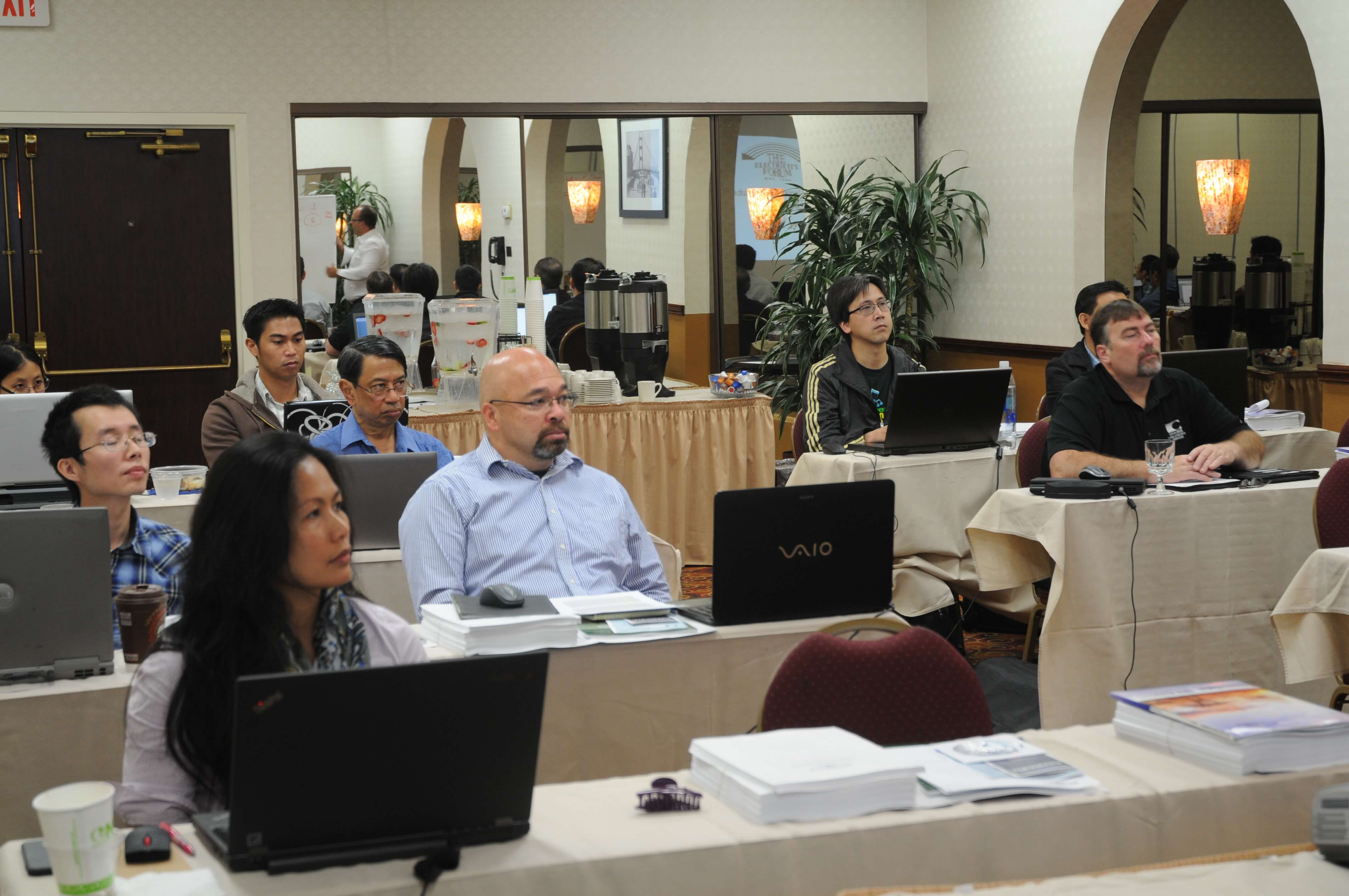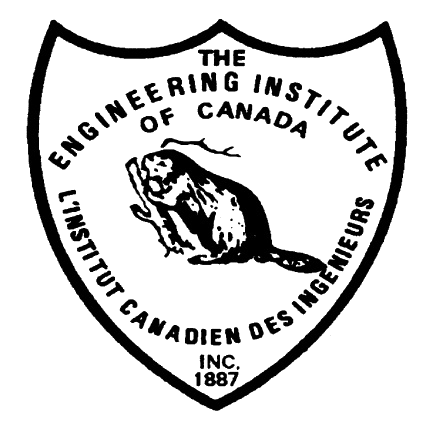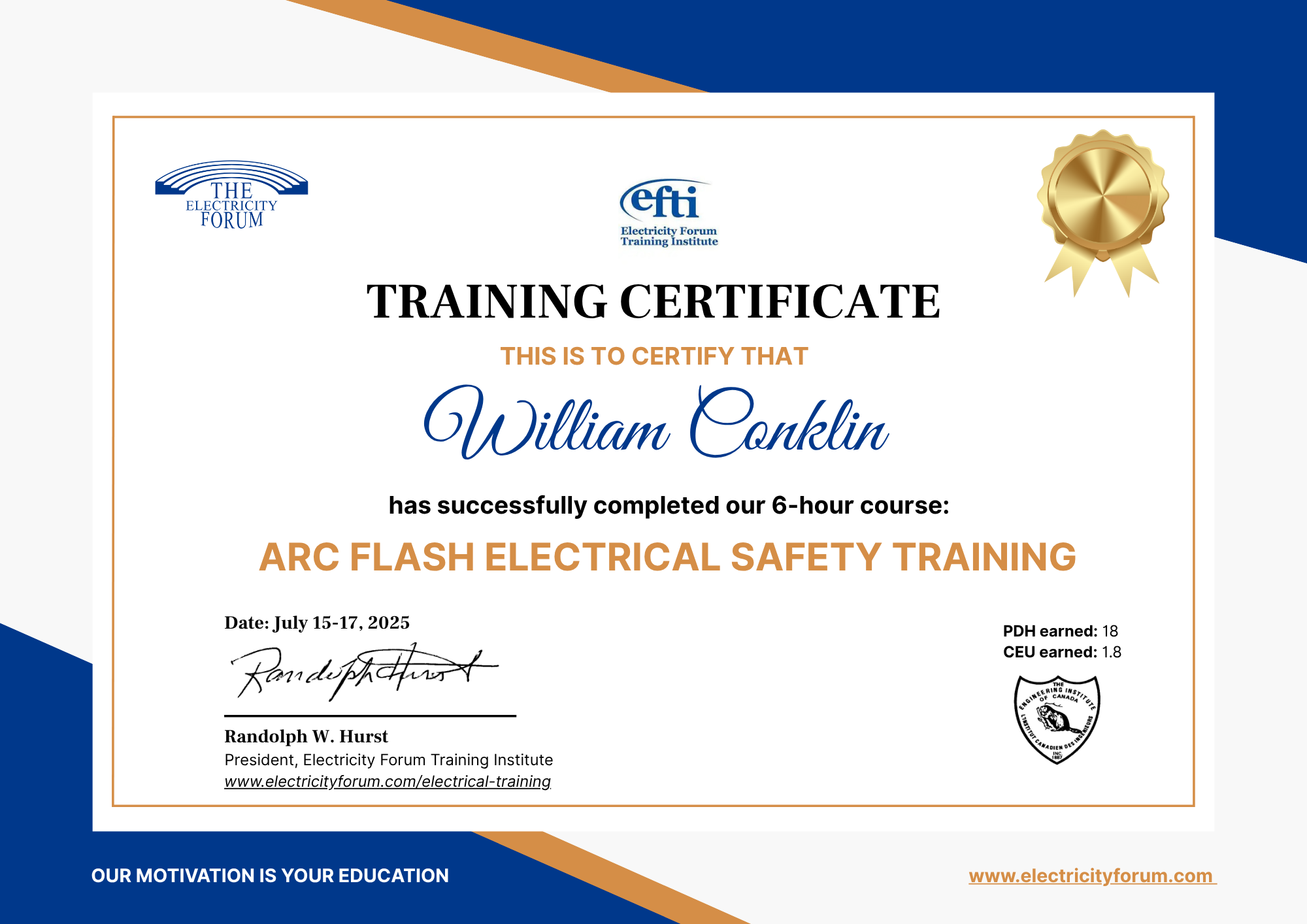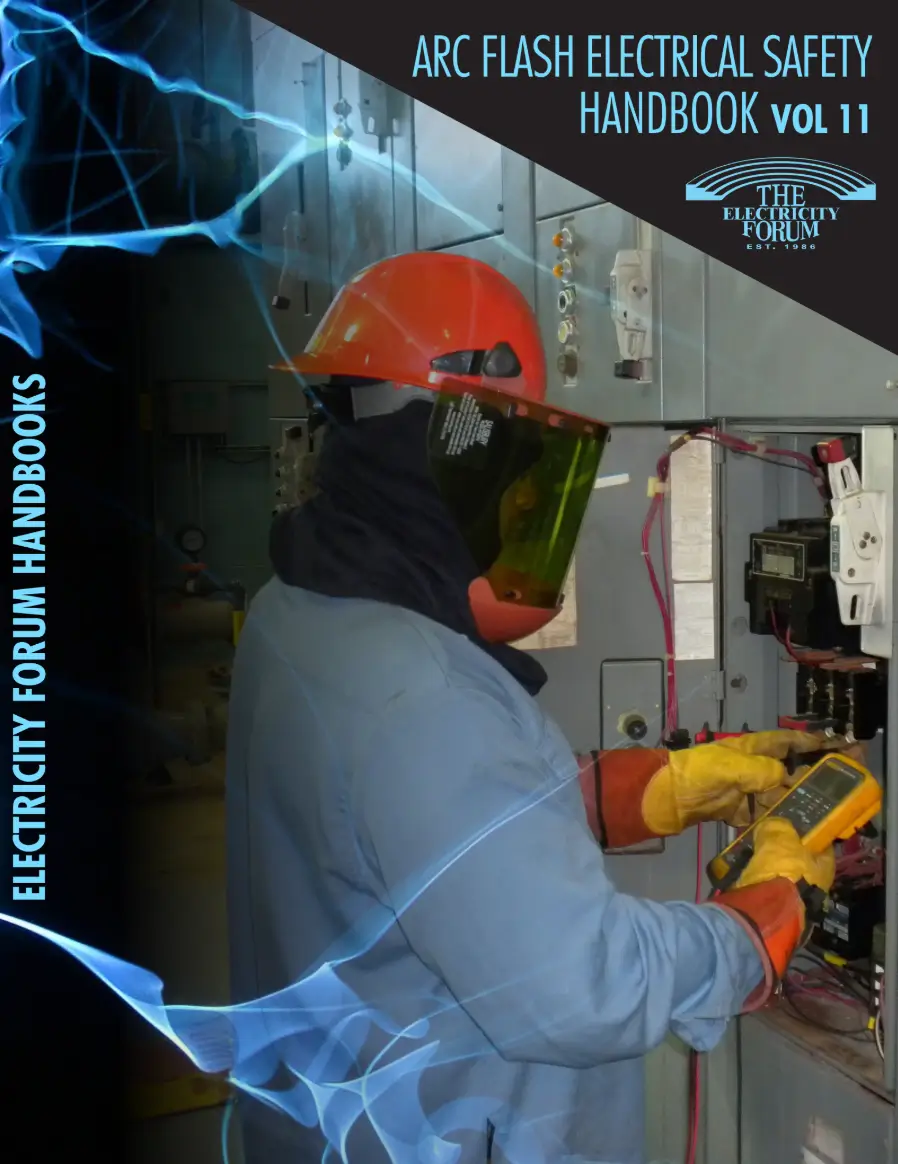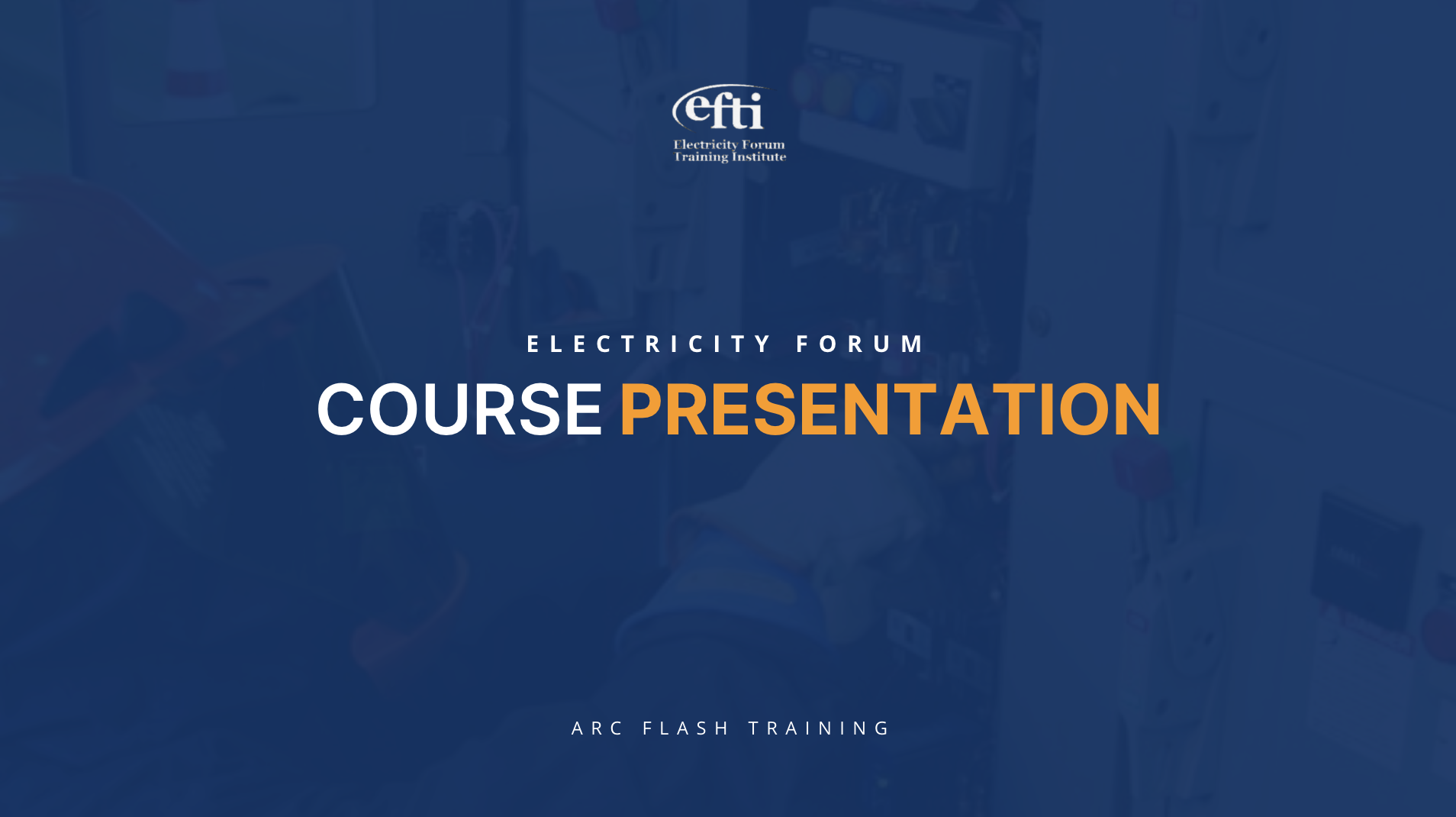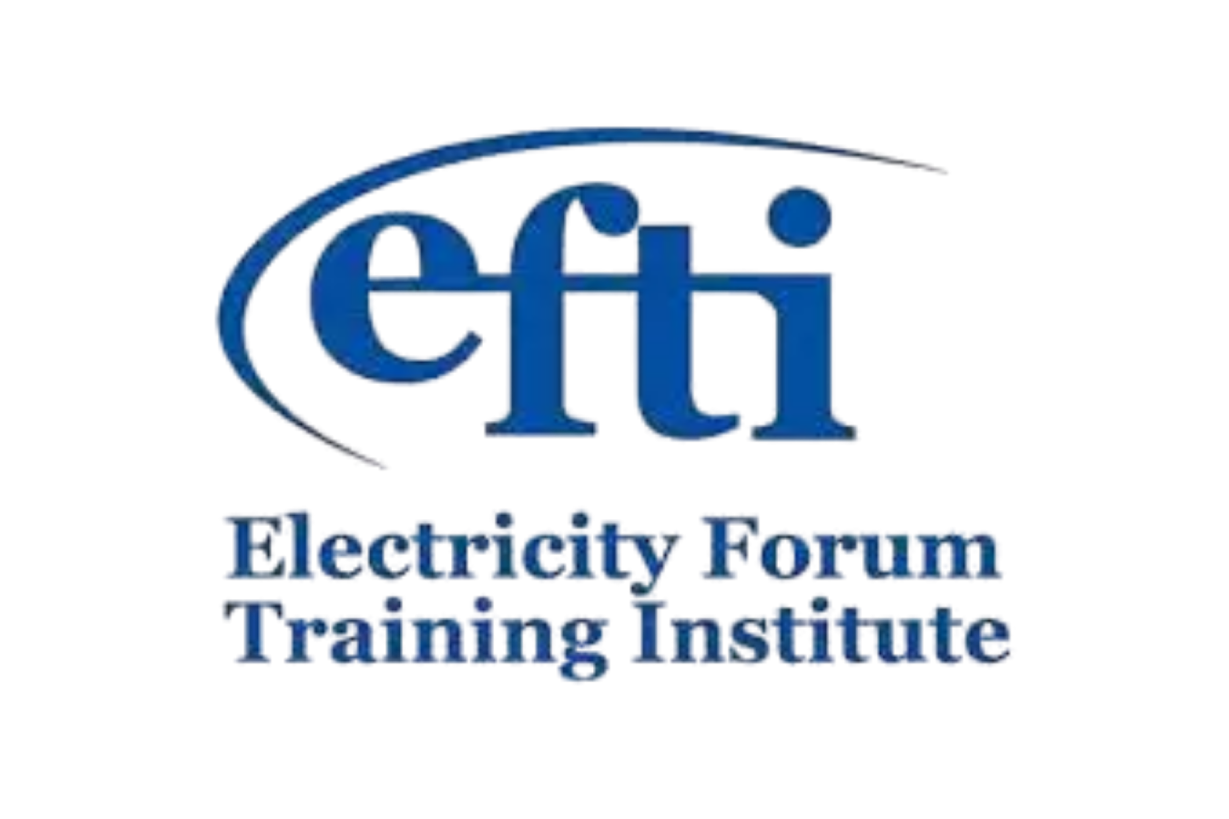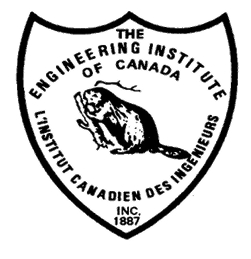VFD Training Course Outline
DAY ONE
Section 1. Typical Distribution System Overview
This course will discuss the distribution components that make up a typical system and how they relate and impact the VFD and motor selection.
- Point of common coupling
- Fault capacity
- Transformers
- Capacitors
- Switchgear
- Low voltage MCCs
- VFDs
- Motors
- Other loads
Section 2. Understanding AC Motors
This presentation will provide discussion on motor theory as applied to fixed speed and variable speed operation. The presentation will discuss the different motors’ performance and features available to the user: This presentation will start at the generation of a magnetic field and how to control this field to provide useful work. The following characteristics will be individually discussed to show their impact on the overall performance of the motor. Some of these characteristics will differ with changes in line voltages, line frequencies or both.
- Power Factor
- Rated RPM (synchronous RPM)
- Rated Voltage
- Rated Frequency
- Rated Current
- Equivalent Circuit Parameters
- Slip
- Starting, Pull-up and Breakdown Torques
- Service Factor
- Design Frames
- Insulation Ratings
- Temperature rise design
This presentation will also provide a short tour a motor plant to show the different manufacturing steps to the assembly of an Above NEMA Squirrel cage Motor.
The torque/current versus speed curve characteristics will be discussed.
- Starting Torque
- Locked Rotor Torque (LRT)
- Pull-up Torque (PUT)
- Breakdown Torque (BDT)
- Current characteristics
- Locked Rotor amperes (LRA)
- Peak Asymmetrical Current
Section 3. NEMA Motor Specification Part 30 and Part 31 Differences
This presentation will discuss the differences between the Standard for Part 30 designed Motors and the Standard for Part 31 designed Motors.
- Nameplate Information
- Cooling methods
- Stator wiring
- Speed Range
- dv/dt and Voltage Stress design
We will also review the motor technical ratings for typical NEMA motors built to NEMA Part 30 and 31 designs including: HP, RPM, FL RPM, NL AMPS, FL EFF., FL TORQUE and the equivalent circuit impedances.
Section 4. Evolution of Semiconductors
Semiconductors have evolved with increased performance, efficiency and switching speed over the past few decades. However, we are still waiting for the next new switching device that will provide a significant improvement in efficiency (very little losses) and switching frequency allowing VFDs to be 50% of the present size.
- Diodes
- Thyristors (SCRs)
- BiPolar transistors
- Darlington pair transistors
- Insulated gate bipolar transistors
This will provide basic information for the various components that make up the control and power circuitry associated with VFDs. A small HP VFD will be provided for an open display of the complete VFD.
Section 5. Mechanical Fundamentals
The fundamentals of torque, force, speed, inertia, acceleration and Horsepower will be discussed for various common industrial applications such as fans, pumps conveyors etc. With a good understanding of these basic factors, the student will be able to verify the correct selection of motors and VFDs for a given application.
Section 6. Understanding how Voltage and Frequency affect Motor Performance
We will show how the relationship of changing of the voltage and frequency will impact the development of torque and the speed of the motor. We will also discuss the differences in the torque/current versus speed curve for motor a on a fixed speed application versus that for a VFD operation.
Section 7. Understanding VFDs
SThis presentation will discuss the topology of today's low voltage VFDs used with PWM or vector control schemes. The function of the rectifier, pre-charge circuit, DC bus capacitors, chopper circuit and inverter section will be discussed. Discuss when to select PWM Control (V/Hz) or Vector Control operating modes. Discuss the selection of the voltage and current ratings of the VFD and the individual components that make up the complete system to show how the reliability of the VFD is improved. The student will learn how to select the VFD models from various manufacturers that will be more reliable and have longer mean time between failures (MTBF).
- VFD overview
- Enclosures types
- Voltage rating and tolerance
- Current capacity and overload capability
- VFD system components
- Disconnect switch or circuit breaker
- Line filtering
- Surge protection
- Fused control power
- 120VAC and 24VDC control
- Isolating contactor
- Bypass control schemes
- Motor filters (
- Analog isolators
- Enclosure heating and cooling requirements
- Dedicated customer field connection terminal blocks
DAY TWO
Section 8. VFD Component layout
The topology overview of the typical 3-phase schematic of a VFD will be shown including pictures of the various components that make up the VFD. The following areas will be shown:
- Incoming line terminals
- DC bus connection
- Pre-charge resistor and contactor
- DC bus filter capacitors
- Control power circuitry for 24, 12 and 5 Volt logic
- Inverter driver circuitry
- IGBT power module
- Current sensor modules
- Motor connection terminals
Section 9. Benefits of Using Variable Frequency Drives
The many benefits of using variable speed drives will be discussed for several different applications such as fans, pumps, conveyors and process machines. Energy savings as well as increased control performance will be discussed.
Section 10. Power Quality and Upstream Issues
This presentation will look at the line side issues upstream of the VFD and their impact on the distribution system and the VFD. The following issues will be discussed along with the recommended solution(s) for each issue:
- Fault capacity
- Harmonic limitations (voltage and current distortion)
- Harmonic and line filters
- Power quality
- Power factor
- Voltage and voltage tolerance
- Transients and Surges
Section 11. Motor and Cable Downstream Issues
This presentation will look at the load side issues downstream of the VFD that may create issues in the motor circuit. All the following issues will be discussed along with the recommended solution(s) for each issue:
- Bearing currents
- Reflective waves in cables
- CV/CT stress > 500 Volts per micro second
- Peak voltage stress > 1000 Volts
- Reactor, DV/DT and motor filters
- VFD cables
- Radio frequency and electromagnetic interference
Section 12. Bearing Currents
The effect of current flowing through the bearings will cause the inner and outer raceways to pit. Over time the pitting will continue to increase the depth of the groves and the bearing will eventually be damaged. The causes and remedies for bearing current issues will be discussed.
Section 13. Temperature, Service Factor & Insulation Class
The above electrical design criteria is necessary to ensure the motor can provide a suitable operating life in a given application. Each of the above criteria can have significant detrimental impact on the motors’ life. An increase of 10 degree Celsius temperature rise in the motor will cause a 50% reduction in the motors’ insulation life.
Section 14. VFD Cables: Why special VFD cables are recommended
Section 15. Radio Frequency and Electro Magnetic interference
How they are produced and steps to mitigate the transmission of these unwanted noise signals.
Section 16. Programming and Testing
The testing of the VFD packaged system is a very important procedure that makes the whole System complete. This verifies the controls and power wiring function as specified. A good testing program enables the VFD to be installed and commissioned on site without any issues. Proposed testing and Commissioning procedures will be discussed.
- Routine testing
- Certified full load testing
- Heat run testing in 40°C ambient
Section 17. Application Examples
This part of the presentation will look at a few applications where the operating performance characteristics for continuous and intermittent speed and torque ranges are provided. Students will select the motor and VFD based on meeting or exceeding the specified criteria. Students will see the cost impact of their selection for the motor and VFD to the cost of other possible acceptable selections.
Section 18. Review of VFD Specification
A sample of a universal VFD specification will be provided that addresses all the potential issues that may impact the proper operation of the VFD System.
COURSE SCHEDULE:
Both days:
Start: 10 a.m. Eastern Time
Finish: 4:30 p.m. Eastern Time






